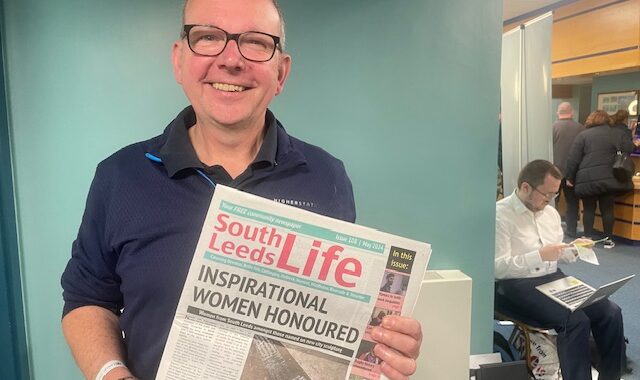Engaging readers with practical action steps could offer a new journalistic direction for hyperlocal media and a shot in the arm for community volunteering
I recently attended an event organised by Action for Happiness and Positive News entitled “Can we change the news for good?”. Featuring keynotes from ex-BBC journalist, Martyn Lewis and Sean Dagan Wood (editor of Positive News), their ideas inspired some really interesting thoughts about our own projects.
Both speakers delivered insightful speeches on the broken state of today’s journalism which overwhelmingly reports stories with a negative bias. But, they explained, stories with a positive bias have been proven to be more memorable and leave the reader feeling happier.
Martyn, in particular, highlighted a couple of significant points (especially for Folk Labs’ work). His praise for the ability of hyperlocal media sites to present a more diverse news profile about a neighbourhood or place directly echoes why we have such a strong interest in supporting them.
But his main point was about how solutions-based journalism is a methodology for encouraging more positive news. Essentially he stressed that, when reporting a negative story, the article should also include solutions or actions the reader might take to resolve the problem. This offers readers an avenue to take action in response, rather than simply being forced to absorb and process negativity.
In our work for the Transition Free Press, we saw how much care the editorial team always took to include some sort of call-to-arms at the foot of each article to allow readers to immediately see where they could discover more or directly participate.
And it was this sentiment which echoed many of the messages we heard recently – especially at Talk About Local 2015 unconference held in London. Several times we heard an intriguing idea proposed that Hyperlocal media could offer more than the traditional journalistic broadcast model for news coverage. Could it innovate towards something more closely resembling the Stack Exchange model of solutions discovery? This idea actually emerged from a workshop discussion about how to manage negative behaviour from audiences, rather than as a means of redirecting journalism itself.
Over the coming months we will be exploring how we might support such a shift on our own Drupal-based OpenLocal hyperlocal website system. We’ve been developing OpenLocal in collaboration with the Herne Hill Forum and recently relaunched the upgrade to their own hyperlocal site.
Of course, you can initiate a change in discourse simply by ending on a question or providing a helpful link at the end of an article as we saw with Transition Free Press. But we see an opportunity for technology to provide a better experience for audiences.
For the time-being, we’ll be prototyping a basic approach to enable Herne Hill’s community news articles to be visually linked to local events or online forums where solutions might be discussed further. Commenting on issues is the first step to offering readers a sense that they can contribute. But commenting structures which are only arranged in chronological order don’t provide any means for the most positive responses to be promoted and unhelpful comments to be demoted.
So, eventually, we’d like to try to build a Stack Exchange-style solutions system within OpenLocal itself. It’s clearly not impossible as Lullabot’s Jeff Eaton explains in this free Stack Exchange Fantasy Sites tutorial on their brilliant DrupalizeMe video tutorial site.
So, ultimately, we’ll probably need to design entirely new forms of content in order to build tools which could combine hyperlocal journalism, solutions design and citizen participation.
But we can already see that solutions-based journalism through hyperlocal websites could be a powerful combination for local communities.
This blog was originally published at Folk Labs.
Homepage image accompanying this article is copyright GotCredit.




